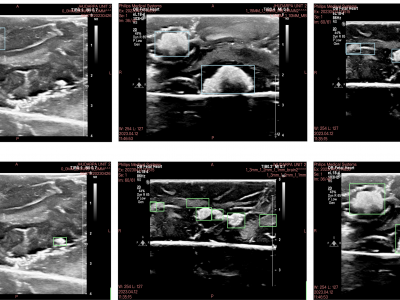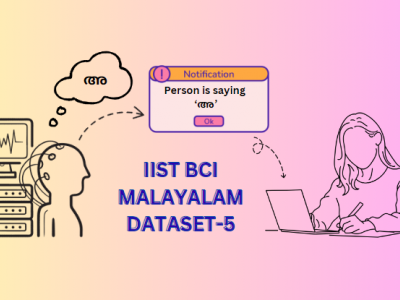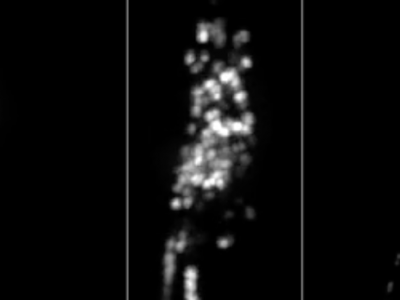Brain
The removal of surgical tools from the brain is a critical aspect of post-operative care. Surgical sponges such as cotton balls are one of the most commonly retained tools, as they become visually indistinguishable from the surrounding brain tissue when soaked with blood and can fragment into smaller pieces. This can lead to life-threatening immunological responses and invasive reoperation, demonstrating the need for new foreign body object detection methods.
- Categories:
 132 Views
132 ViewsThis paper presents a dataset of brain Electroencephalogram (EEG) signals created when Malayalam vowels and consonants are spoken. The dataset was created by capturing EEG signals utilizing the OpenBCI Cyton device while a volunteer spoke Malayalam vowels and consonants. It includes recordings obtained from both sub-vocal and vocal. The creation of this dataset aims to support individuals who speak Malayalam and suffer from neurodegenerative diseases.
- Categories:
 2591 Views
2591 ViewsThis paper introduces a dataset capturing brain signals generated by the recognition of 100 Malayalam words, accompanied by their English translations. The dataset encompasses recordings acquired from both vocal and sub-vocal modalities for the Malayalam vocabulary. For the English equivalents, solely vocal signals were collected. This dataset is created to help Malayalam speaking patients with neuro-degenerative diseases.
- Categories:
 2858 Views
2858 ViewsThis dataset contains the trained model that accompanies the publication of the same name:
Anup Tuladhar*, Serena Schimert*, Deepthi Rajashekar, Helge C. Kniep, Jens Fiehler, Nils D. Forkert, "Automatic Segmentation of Stroke Lesions in Non-Contrast Computed Tomography Datasets With Convolutional Neural Networks," in IEEE Access, vol. 8, pp. 94871-94879, 2020, doi:10.1109/ACCESS.2020.2995632. *: Co-first authors
- Categories:
 4096 Views
4096 ViewsA quantitative understanding of how sensory signals are transformed into motor outputs places useful constraints on brain function and helps reveal the brain's underlying computations. Here we present over 8,000 animal hours of behavior recordings to investigate the nematode C. elegans' response to time-varying mechanosensory signals. We use a high-throughput optogenetic assay, video microscopy and automated behavior quantification.
- Categories:
 794 Views
794 ViewsAdvances in optical neuroimaging techniques now allow neural activity to be recorded with cellular resolution in awake and behaving animals. Brain motion in these recordings pose a unique challenge. The location of individual neurons must be tracked in 3D over time to accurately extract single neuron activity traces. Recordings from small invertebrates like C. elegans are especially challenging because they undergo very large brain motion and deformation during animal movement.
- Categories:
 2959 Views
2959 Views




